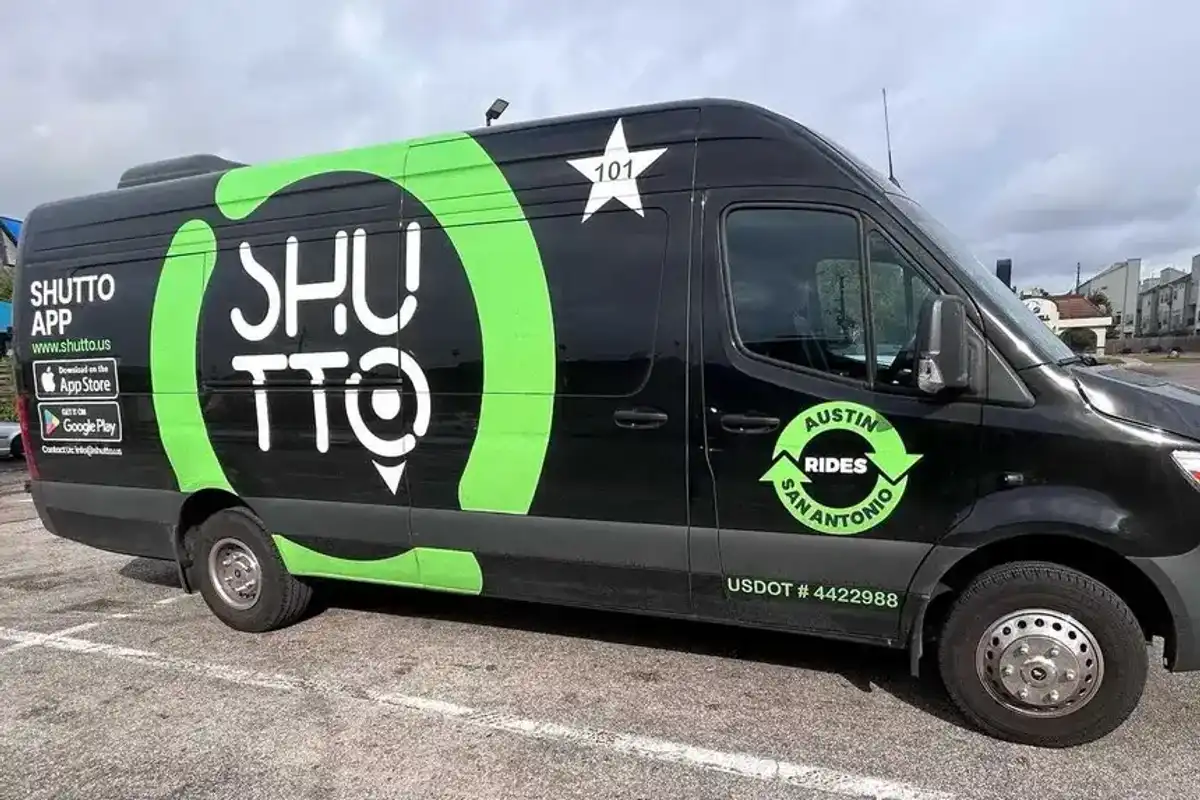Houston’s Khaliah Guillory takes a 30-minute nap every day. She says this is how she’s so productive.
The habit also led to the founding of her white-glove, eco-friendly rest sanctuary business, Nap Bar.
Guillory launched the luxury sleep suites company back in 2019 to offer a unique rest experience with artificial intelligence integration for working professionals, entrepreneurs and travelers who needed a place to rest, recharge and rejuvenate. The company was named a Houston Innovation Awards finalist last year.
She says naps are backed by science. And by her professional network, too.
“Once I polled and surveyed my friends, most of them said that they also took naps during their lunch break, whether it be in their office or in their car,” says Guillory, former vice president of marketing strategy at Wells Fargo. “Once they overwhelmingly agreed that they would absolutely use a dedicated place for them to take naps if I created it, I got to work, and Nap Bar was born.”
Simply put, Guillory has effectively made it acceptable and, yes, even cool for working adults to take naps.
“I played D1 basketball at the University of Central Florida and that’s really where I learned the art of a power nap and the benefits of it,” Guillory says. “And I just continued to nap throughout my corporate career. So, in November of 2018, I retired from corporate America … I just knew I had a higher calling to do something else.”
Guillory first opened up shop in Rice Village as a beta test for her novel nap idea and it took off. She soon forged strategic partnerships with organizations like UT Health, where Nap Bar provided much-needed naps to postpartum mothers.
“Nap Bar showed what the benefits of a good nap was, specifically to postpartum moms in terms of mental stressors, productivity, and things of that nature,” Guillory says.
In November 2019, Guillory moved Nap Bar to The Galleria and says the business produced revenue from day one. However, in March 2020, she was forced to shut us down due to the COVID-19 pandemic.
“I promised myself that I was not going back to corporate America, so I pivoted. I moved forward by creating a better sleep box, with a vegan pillow mist and soy-based candle. I also became a certified sleep coach. And I just kept pivoting from there, reinventing Nap Bar as a company,” she says.
One pivot included adding a virtual reality sleep experience, MetaSnooze.
“MetaSnooze is a really cool technology that offers sleep therapy and relaxation that I curated myself,” Guillory says. “Basically, the user puts on the VR headset, and it escapes them. They're transported to places all over the country. For example, they're sitting in serene environments all the while listening to these rhythmic beats that are designed to help them release and relax. Visualizations have been scientifically proven to improve one’s mental health and mental stressors.”
Guillory initially rolled out MetaSnooze in 2020 at events like South by Southwest and kept improving the experience and building her business. By February 2024, she was curating a wellness experience at The Grammy Awards.
“That was huge for us,” Guillory says. “Being able to get feedback from the celebrities, with a handful of them even inquiring where they could purchase the headset. They were excited about the future of Nap Bar, so that was really, really cool.”
The widespread interest in Nap Bar has Guillory thinking big. She aims to expand to 30 locations in three years.
“When I say that, it sounds ambitious,” says Guillory. “It is, but I come from the school of thought that if you shoot for 30 and you get 25, no one's going to shake their finger at you for doing that, right? It's really aiming towards this big, hairy, audacious goal. I learned that in corporate America. So, what we're looking to do now is raise money like crazy.”
Guillory says she’s now looking to scale the business by partnering with like-minded investors with experience in the wellness space.
She envisions locations at national and international airports, which she says offer ripe scenarios for patrons needing to recharge. Additionally, Guillory wants to build on her initial partnership with UT Health by going onsite to curate rest experiences for patients, caregivers, faculty, staff, nurses and doctors. Colleges also offer an opportunity for growth.
“We’ve done some really cool pop-ups with the University of Houston, where we brought the rest experience on campus,” Guillory says. “That means we bring a portable, full-size, organic mattress with disposable sheets, as well as our virtual reality experience.”
Nap Bar will also serve companies, office buildings, and even sports venues, according to Guillory.
“We can literally go any and everywhere,” she says. “Our collected data suggests that we’ve just got to go where sleepy people are so that they can get restorative sleep.”
From a pricing standpoint, Nap Bar’s model is a dollar a minute. Depending on where the client is, the pop-up experience is based on a day rate or a half-day rate, starting at $4,000.
Add-ons include a full-size organic mattress or hosting a masseuse or massage therapist onsite.
With the Grammys already under her belt, Guillory would like to see Nap Bar utilized at the 2028 Olympics and build partnerships with other virtual reality companies to bring its licensed MetaSnooze software to the masses.
She also sees opportunities in athletic treatment, sleep apnea, and insomnia.
“We have done several studies with proven results that MetaSnooze has reduced mental stressors and anxiety,” Guillory says. “I'm excited about what the future holds for MetaSnooze. It definitely is a game-changer … We will continue to innovate sleep or provide sleep resources and tools in a very innovative way.”





